Description
The gum is only partially soluble in water (preferable to use an emulsion here), so when using it in an infusion or decoction, it is best to powder it first. The pieces with white streaks have less oil and are best for emulsions and pills, and the pieces without streaks are more oily and are best for tinctures. The undissolved gum in the tincture makes an excellent adhesive substance.
Origin(s): Kenya, Somalia, Somaliland.
Latin Name(s): Commiphora myrrha, Commiphora molmol
Also known as: Mo Yao, abyssinica, heerabol, common myrrh, Hirabol myrrh.
Plant Part(s) Used: Resin.
Appearance: Cut: Reddish brown. Powder: Light brown.
Aroma: Aromatic.
Taste: Bitter, acrid.
GMO Status: Non-GMO.
Allergen: None.
Additives: 0.5% to 2% silicon dioxide added to powder as an anti caking agent.
Applications / Preparations: Can be put into capsules, teas or infused as an herbal extract. For cosmetic use can be infused in oil to make lotions, creams & other cosmetics. For decorative use can be added to potpourri mixes & floral displays. For aromatic use can be burnt over smoldering charcoal as incense or used in aromatherapy products. For household use can be used to produce insect repellents. For industrial use Myrrh resin is used in perfume.
Storage: Store in a sealed container in a cool, dry place.
Shelf Life: It is very difficult to pin down an exact expiration date for most single herbs as they do not really expire, they lose potency or strength over time but will still have value. Unlike synthetic material or drugs, herbs can contain many constituents that contribute to their medicinal effects. Even if when we know what the active constituents are, there are often many of them in a single herb, each with different rates of degradation. Some herbs lose their effect more easily. Other herbs that possess more stable compounds such as alkaloids or steroids will last much longer.
A huge part of the degradation rate of herbs depends also on the storage conditions of the herb, & even on the quality of the herb before storage – how it was grown, harvested, dried & processed. If the product is left in hot places or open to sunlight then it will degrade much quicker than if it was stored in cool, dry place & sealed tightly.
A good rule of thumb is that herbs should be stored no longer than 2-3 years but many herbs will have great strength much longer than that. To determine if a an herb is still good you can check the appearance & aroma. Herbs that are no longer acceptable will have lost much of its vibrant color & will instead appear dull & faded. The bigger key though is to smell the raw materials to see if the potent aroma is still present.
Note: Not for use during pregnancy except under the supervision of a qualified healthcare practitioner. Ask our Certified Master Herbalist for assistance. The bitter taste of myrrh may cause nausea & vomiting in persons with sensitive stomachs.

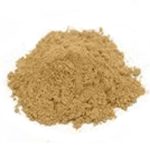
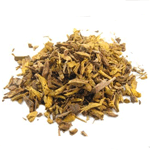
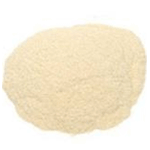
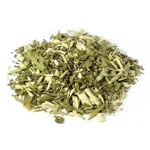

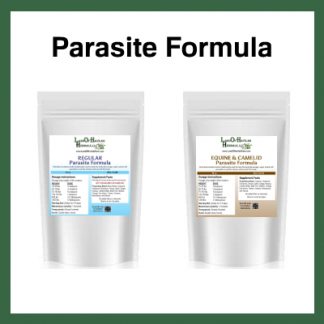
Reviews
There are no reviews yet.